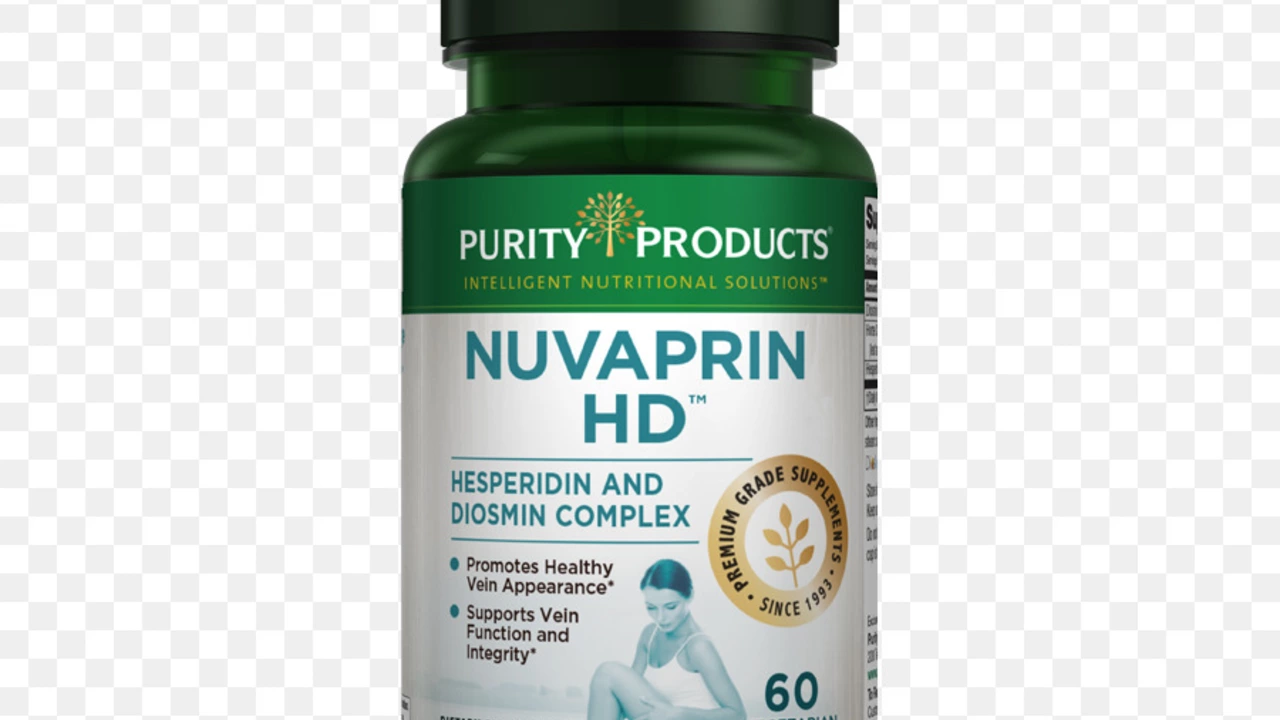In my recent findings, I've discovered Diosmin, a game-changing dietary supplement that significantly improves vein health and blood circulation. This miraculous substance can reduce inflammation and swelling, making it a potent solution for those who suffer from varicose veins. Not only that, but it also promotes better circulation, ensuring that your body receives the nutrients it needs. I was amazed at how Diosmin has transformed the lives of many by providing a natural alternative for vascular health. If you're looking to support your cardiovascular health, Diosmin might just be the supplement you're searching for!
Circulation Health: Practical Ways to Boost Blood Flow and Reduce Swelling
Poor circulation shows up as cold hands, swollen ankles, heavy legs, or tiredness when you walk. Those signs often mean something fixable—like lifestyle habits or a medicine change—rather than a life sentence. This page pulls together straightforward steps and safety tips so you can act now, not later.
Quick checks and warning signs
Look for these easy signs at home: persistent swelling in one or both legs, skin that stays indented after you press it, slowed wound healing, purple or bluish toes, and numbness or tingling. If swelling comes on suddenly, or you have sharp chest pain or sudden shortness of breath, get emergency care. Those can be signs of a clot or heart issue.
Measure progress simply: track ankle size or how far you can walk without rest. Small daily wins—like 5 more minutes of walking or one less soda—add up fast and are easier to keep doing.
Practical fixes you can start today
Move more. Sitting or standing for long stretches makes blood pool in the legs. Aim for short movement breaks every 30–60 minutes: a 2–5 minute walk, calf raises, or marching on the spot. These tiny habits push blood back toward the heart.
Use compression socks for swollen legs or varicose veins. They reduce discomfort and lower the chance of blood clots. Pick the right strength—ask a pharmacist or clinician for a fit based on your symptoms.
Trim salt and processed food. Excess sodium keeps fluid in your tissues and can make swelling worse. Swap a packaged snack for fruit, or flavor food with herbs and lemon instead of salt.
Stay hydrated. It sounds odd, but dehydration can thicken blood and slow circulation. Sip water throughout the day, and especially when you exercise or drink alcohol.
Sleep and stress matter. Poor sleep and high stress raise inflammation, which worsens circulation over time. Try short breathing breaks, 20–30 minute naps if your schedule allows, or a wind-down routine before bed.
Mind your meds. Diuretics like furosemide (Lasix) help remove excess fluid, but they change electrolyte balance. Mixing alcohol with certain diuretics or drugs can cause dangerous drops in blood pressure or potassium spikes. We have detailed guides on Lasix, diuretic risks, and safe online buying—read them if you take these meds.
Supplements can help but use them wisely. Magnesium, omega-3s, and vitamin D support vessel health for some people, but doses matter. Talk with your clinician before starting anything new, especially if you’re on blood thinners or diabetes meds.
If lifestyle tweaks don’t help, see a professional. Tests like an ankle-brachial index, ultrasound for clots, or simple blood work can reveal what’s wrong. Early answers mean simpler fixes.
Want specific reads? Check our articles on Lasix, diuretics and alcohol risks, and smart alternatives to diuretics. Use this tag page to find practical steps, safety checks, and the right next questions for your doctor.

